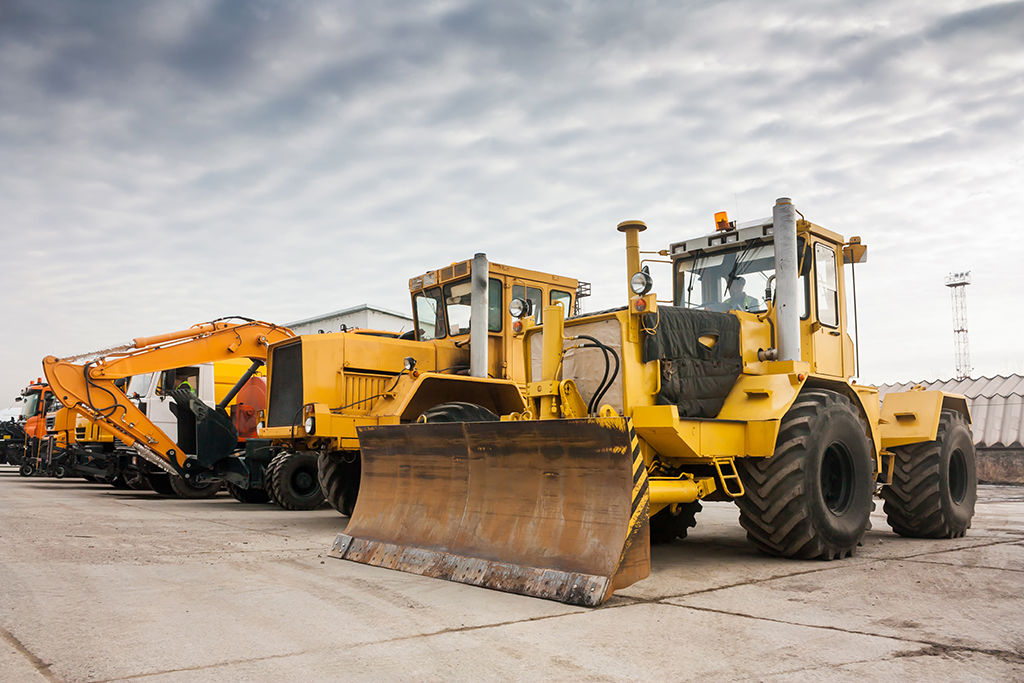The used construction equipment market is bringing in unprecedented prices as dealers scramble to fill the void created by new equipment shortages as manufacturers struggle with supply chains disruptions.
“The used market is strong because there is no new equipment to replace it,” said Westcon’s Brad Wright, branch and JCB equipment sales manager in Saskatoon, adding he is now taking orders for new equipment that will not be delivered until 2023.
Ritchie Bros. Auctioneers in its 2021 review of trends found prices for “used equipment and truck prices reached unprecedented levels.”
“In Canada, we saw the same supply shortage and price increase across most equipment categories,
except for skid steer loader and loader backhoe units, which both had slightly higher volumes year
over year. Interestingly, even with six per cent more backhoes sold in Canada in 2021, the median price rose 18.8 per cent compared to 2020. We also saw big median price increases in Canada for forklifts (up 23 per cent year over year), motor graders (up 17 per cent), and multi-terrain loaders (up 16 per cent).”
Some popular brands jumped substantially in the U.S. although no figures were given for Canada.
The Ritchie Bros. December report on November 2021 sales reported the CAT 420E was bringing a median price of US$26,000 in 2020 and a year later US$39,000 — a 50 per cent price increase year over year for units that were two years older as contractors hang on to equipment longer.
Trucking also took a hit, according to Ritchie Bros.
“We are also seeing strong pricing in Canada right now, with truck tractor prices up approximately 37 per cent, while medium earthmoving and vocational trucks are up 35 per cent and 32 per cent respectively,” Ritchie reported.
In northern B.C., new trucks and even truck parts are hard to come by.
Inland Truck & Equipment general manager Rick Bruneski in Prince George said: “I can’t even give you the lead time on a dump truck delivery.”
There’s a shortage of Class 8 tractor trailers, dump trucks and even pick-up trucks. Manufacturers face a shortage of semiconductors on the supply chain side. Window regulators are also in short supply, he said.
The Independent Contractors and Businesses Association warned in a statement that it is common for “contractors to be facing daily shortages of up to half of the trucks they need on projects – and supply chain bottlenecks mean major manufacturers won’t take orders for new trucks until late 2022.”
Inland’s vice-president Tracey Russell, also B.C. and Yukon equipment manager for the dealer chain, can only estimate delivery time for new construction equipment at between two to eight months with much depending on what type of equipment is needed, what is in a dealer’s inventory and what is en route.
“It is not that easy to pinpoint,” he said.
Machine parts are the same story, he said.
“We are educating the buyers by getting the message out. We used to sell a part in the morning and you could pick up in the afternoon.”
That is no longer the case.
“You can no longer assume that the dealer will have the part.”
Contractors need to plan ahead when facing a large project, he advised.
Dealers are predicting the tight supply will not abate until 2023 and could continue into 2024.
While Western Canada roadbuilding associations are hearing rumblings from members, it is Canada’s largest road building association that is taking the proactive stance, writing to Alberta’s government in January sounding the alarm.
Ron Glen, CEO of the Alberta Roadbuilders and Heavy Construction Association, said: “What we are hearing is that price increases on new equipment are coming, but the greater problem is the delivery time which is going to be late in the season (May to October construction period) – if at all,” said Glen.
In a letter to Alberta Finance Minister Travis Toews, Glen lays out conditions that he dubs “the perfect storm” as economies rebound, shortages of equipment both new and used emerge, inflation and labour shortages grow.
As well, contractors are seeing “double-digit price inflation in asphalt binder oil, fuel and labour wage costs.”
Glen said infrastructure owners should expect a general increase of 10 per cent or more in tender prices this spring and to maintain Alberta’s Transportations Business Plan performance targets, the budget allocation for rehabilitation and construction projects will need to be augmented.
He also warned of the impact of the U.S. $1.2 trillion infrastructure bill which pours billions into ports, highways and bridges to make the resurging U.S. economy more productive.
“These projects are going to take steel, pipe, equipment and engineering,” Glen said, which will draw such resources from the Canadian market.
As well, engineering designs can be done remotely and large-scale projects can siphon off Canadian resources needed to complete Canadian projects.
Dealers are employing different strategies to get the equipment contractors need, including openly soliciting used equipment.
Brandt Tractor’s Mike Ladd, sales manager for John Deere construction equipment, said larger dealers with a network across Canada have a better chance of sourcing new equipment than local independent dealers. He anticipates new deliveries can be done as soon as four months, but it depends on the piece of equipment.
Equipment dealers in Saskatchewan and Manitoba are not seeing the degree of pressure on equipment and parts that B.C. and Alberta are experiencing.
Westcon has an inventory of used equipment.
“We are doing great in parts,” said Wright, adding Alberta and B.C. is a different market seeing higher volumes.
Robert Harris of Robert Harris Equipment, which only sells used construction equipment and is based in Gimli, Man., has an inventory of equipment.
“We have a better supply of used equipment than other places,” he said, but prices have risen approximately 10 per cent over the past two months.
John Schmeiser, CEO of the Western Equipment Dealers Association, representing 2,000 U.S. and Canadian members, said dealers have never seen disruptions as severe as these occurring.
“Many are saying the supply issues and raw materials shortages haven’t been seen since World Ware Two and that is the kind of comparison that is being made,” he said.
Most dealers attempt to keep a six-month supply of parts on hand and are now struggling to keep a month’s supply.
Schmeiser said he has heard of cases where dealers have resorted to going to salvage yards to find parts as a stop gap to keep customers going.
Dealers are caught between customer demands and manufacturers who have no control over raw materials and parts shortages.
“Our dealers are caught in the middle and completely understand the frustration of the customer,” he said.





Recent Comments